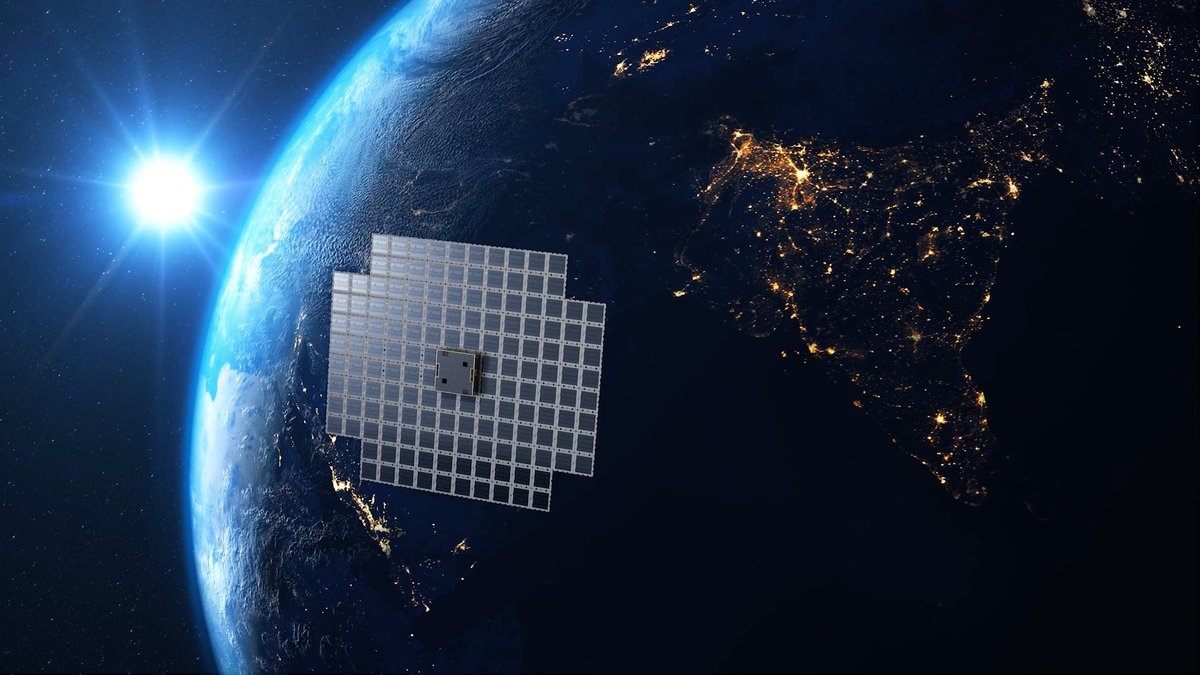Venus and Earth provide astonishingly different views of the evolution of a rocky planet, raising the question of why these two rocky worlds evolved so differently. The recently discovered transiting super-Earth LP 890-9c is a key to the question. This exoplanet circles the nearby red dwarf star LP 890-9 in 8.46 days and receives a similar amount of energy as modern Earth receives from the Sun, which puts LP 890-9c very close to the inner edge of the habitable zone.
LP 890-9c, also known as SPECULOOS-2c, is providing important insights about conditions at the inner edge of a star’s habitable zone and why Earth and Venus developed so differently. Image credit: Adeline Deward, RISE-Illustration.
LP 890-9 is located approximately 104 light-years away from Earth in the constellation of Eridanus.
Otherwise known as TOI-4306 and SPECULOOS-2, the star has a mass of only 0.16 solar masses, a radius of 0.12 solar radii, and a temperature of 2,850 K (2,577 degrees Celsius, or 4,671 degrees Fahrenheit).
LP 890-9, which is orbited by at least two exoplanets, is the second-coolest star found to host planets after TRAPPIST-1.
The inner planet, LP 890-9b, is about 30% larger than Earth and completes an orbit around the star in just 2.73 days.
The outer planet, LP 890-9c, is similar in size to the first (about 37% larger than Earth) but has a longer orbital period of about 8.5 days.
“LP 890-9c is part of a two-planet system with the inner planet, LP 890-9b, first detected by TESS in a 2.73-day orbit, inward of the habitable zone,” said Cornell University astronomer Lisa Kaltenegger and her colleagues.
“However, LP 890-9c, receives 91% as much solar radiation as Earth, placing it within both the conservative and empirical habitable zone.”
“This makes LP 890-9c a key to understanding how Venus and Earth evolved.”
To explore the range of possible atmospheres and assess whether transmission spectra can illuminate that difference, the astronomers created seven models for LP890-9c.
“Looking at this planet will tell us what’s happening on this inner edge of the habitable zone — how long a rocky planet can maintain habitability when it starts to get hot,” Dr. Kaltenegger said.
“It will teach us something fundamental about how rocky planets evolve with increasing starlight, and about what will one day happen to us and Earth.”
The team’s models are the first to detail differences in the chemical signatures generated by rocky planets near the habitable zone’s interior boundary, based on variables including the planet’s size, mass, chemical makeup, surface temperature and pressure, atmospheric height and cloud cover.
The calculations were key to estimating how much time the NASA/ESA/CSA James Webb Space Telescope would need to confirm the basic composition of an atmosphere — if there is one.
The models span several scenarios thought to reflect stages of rocky planets’ evolution, ranging from a hot Earth where life might still be possible, to a desolate Venus featuring a carbon dioxide atmosphere.
In between are phases Earth is expected to experience as the sun grows brighter and hotter with age, causing the oceans to gradually evaporate and fill the atmosphere with steam before boiling off entirely.
How long those processes might take is unknown, and the astronomers say LP 890-9c provides a rare opportunity to explore that evolution.
“This planet is the first target where we can test these different scenarios,” Dr. Kaltenegger said.
“If it’s still a hotter Earth — hot, but with liquid water and conditions for life — then the timeline is slower than we thought.”
“If we see that it’s already a full-blown Venus, then the water gets lost fast.”
“It’s possible that LP 890-9c has no atmosphere and hosts no life, or that it resembles a Venus with thick clouds that would block light from reflecting and thus yield little information. Deeper investigation promises to provide valuable clues.”
“We don’t know what this planet on the edge of habitability could be like, so we have to look. This is what real exploration is about.”
The team’s paper will be published in the Monthly Notices of the Royal Astronomical Society: Letters.
_____
Lisa Kaltenegger et al. 2023. Hot Earth or Young Venus? A nearby transiting rocky planet mystery. MNRASLin press; doi: 10.1093/mnrasl/slad064
Note: This article have been indexed to our site. We do not claim legitimacy, ownership or copyright of any of the content above. To see the article at original source Click Here













